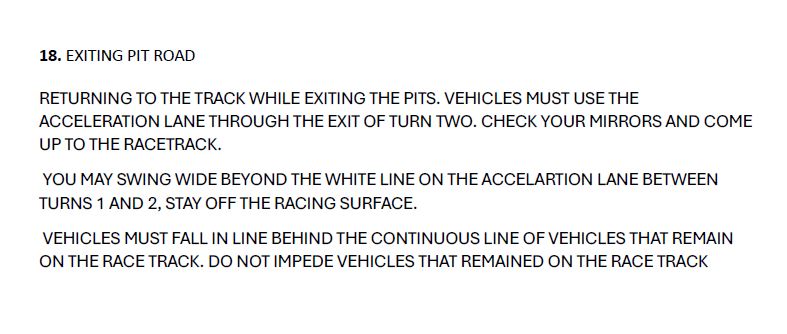
Dale Earnhardt Jr. didn’t like the decision by NASCAR race control to penalize Chase Elliott and Brad Keselowski for blend line violations during the Brickyard 400, the most recent race prior to this two-week break for the Olympics.
Both drivers were forced to pass through pit road, at pit road speed under green, which is the penalty for such an infraction. It left both drivers pretty animated.
Elliott felt NASCAR’s pre-race directions left too much to interpretation, while Keselowski felt he hadn’t done anything different from decades spent racing at the Indianapolis Motor Speedway. At the same time, NASCAR did clarify in a mid-weekend memo that drivers could not blend past the second line.
Since then, NASCAR’s vice president of competition defended race control, but Earnhardt still didn’t like the decisions.
“There were a couple of things that, if I wanted to criticize NASCAR, there were a couple of penalties, and I think Brad and Chase Elliott received these penalties,” Earnhardt Jr. said last week on the Dale Jr. Download. “So, when you exit pit road, you’re on the run-off lane. It’s this little strip of asphalt that’s separated from the race track. But right in between Turn 1 and Turn 2, it’s connected to the racing surface. A lot of drivers swing out, crossing a couple white lines, to get a good angle of attack on this run-off, this exit lane, through Turn 2, so they could accelerate down the back straightaway. So, this is a really common move. Very common. Some drivers are more aggressive than others, in terms of how far they swing out, but it’s never been a topic of conversation.
“I know that NASCAR gave them some content, some explanation, about what they expect the drivers and teams to do in this area before the race. It really says pretty much what we all knew, ‘You can swing out, you can come off line and get out there a little bit close to the race track.’ It did not designate any specific line, or anything that you couldn’t cross. … I’ve seen so many cars go where they went.”

Like Keselowski’s argument, Earnhardt just took exception to 2024 as the beginning of NASCAR deciding to police this particular area.
“This is something that I had a little bit of a problem with. It’s never really been something that was heavily officiated before,” Earnhardt added. “This sort of swinging around wide, to better your angle of attack for Turn 2 on that lane, the access lane, has been a common, common thing, that drivers have done for a long time. I don’t believe that it’s ever been something that was strictly governed.
“Now, to pop a couple drivers in the middle of the race, when others, we know, are probably doing and are doing the same thing, it just felt loosey-goosey. It’s not a great look. It’s frustrating, when you know you’re being black-flagged. There’s no way you’re going to talk your way out of this. NASCAR, rarely do they ever admit fault or a mistake, but you saw or you know that you’re not the only one doing this. You know that this has been a common thing that’s been done at this area. So, it’s been a few years since we’ve raced the over. A little bit of, maybe some turnover up in the booth. Different opinions about how things go, or should go, on the track. Some different perceptions. That’s the challenge. That’s the frustration, I think.
“This is not consistent. It is what it is, it’s over and done. I mean, Brad was still in position to win this race, albeit on some terrible fuel strategy. The No. 9 was able to rebound. … This was just not a great decision or call, because it wasn’t really well defined, in my opinion, beforehand.”

